Building Communication Skills During Storybook Reading
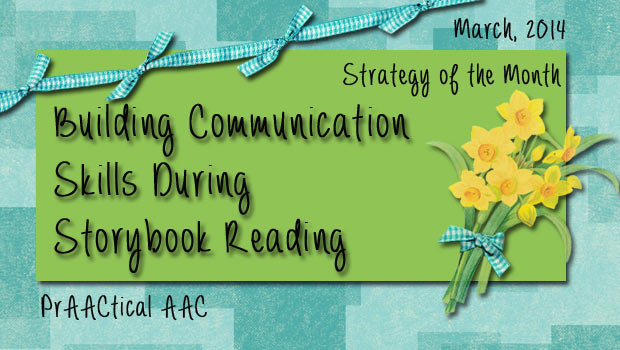
In this post, we continue to explore strategies for advancing the literacy experiences of people who use AAC. Today, we’ll look at a strategy used in the research of Drs. Cathy Binger and Jennifer Kent-Walsh. What is a little different about this strategy is that it uses literacy experiences, specifically storybook reading, to build communication skills.
One component of their research focuses on an interactive reading strategy called RAAP: Read, Ask, Answer, Prompt. There is lots to love about this approach, but one of our favorite things is that is makes heavy use of aided language input, an intervention strategy that is critical for partners of beginning communicators to use. You can read more about aided language input and see videos here. It also gets partners using language expansions and extensions, an intervention strategy that is effective for communicators at many levels of proficiency. Finally, we appreciate the frequent use of pause time, which occurs after each step in order to create the expectation for the learner to take a turn. A pause of five seconds or more provides a clear opportunity for communication and affords additional processing time for learners who need it.
Implementing the RAAP Strategy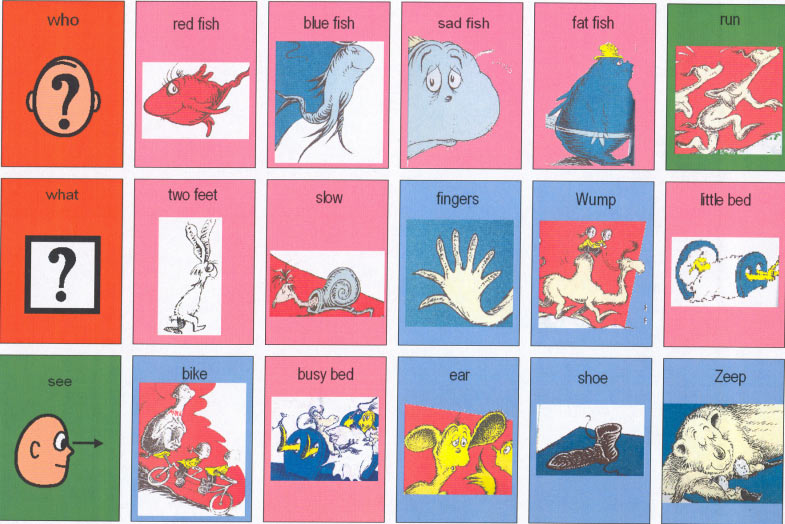
Read: In this step, the adult reads the text on the page and provides aided language input by model two symbols on the AAC system.
PAUSE to observe for the learner’s response: The adult maintains eye contact and looks expectantly at the learner while pausing for about five seconds to elicit an imitation of the 2-symbol utterance that was modeled.
Ask: The adult then asks a WH-question, again providing aided language input with two symbols on the AAC system.
(5-second PAUSE)
Answer: In this step, the adult answers the WH-question and provides aided language input (using two symbols) in the process.
(5-second PAUSE)
Prompt: When needed, a 2-3 word prompt is provided (e.g., “Your turn;” “Show me two”).
The RAAP strategy is repeated each time you turn the page and move on in the story. The research on this strategy uses primarily activity-based communication displays. You can download the communication boards for the books they used in their studies here.
Of all the things we love about this strategy, one tops the list: It is easy to do. And that makes it prAACtical for use in therapy, classrooms, and at home.
::::::::::::::::::::::::::::::::::::::::::::::::::::::::::::
Binger, C., Kent-Walsh, J.,Berens, J., Del Campo, S., & Rivera, D. (2008). Teaching Latino parents to support the multi-symbol message productions of the children who require AAC. Augmentative and Alternative Communication, 24(4), 323-338.
Binger, C., Kent-Walsh, J., Ewing, C., Taylor, S. (2010). Teaching educational assistants to facilitate the multisymbol message productions of young students who require augmentative and alternative communication. American Journal of Speech-Language Pathology, 19, 108-120.
Kent-Walsh, J., Binger, C., & Malani, M. D. (2010). Teaching partners to support the communication skills of young children who use AAC: Lessons from the ImPAACT program. Early Childhood Services, 4, 155-170.
Filed under: PrAACtical Thinking
Tagged With: aided language input, Cathy Binger, expansion, extensions, Jennifer Kent-Walsh, literacy, pause, RAA, RAAP, reading
This post was written by Carole Zangari
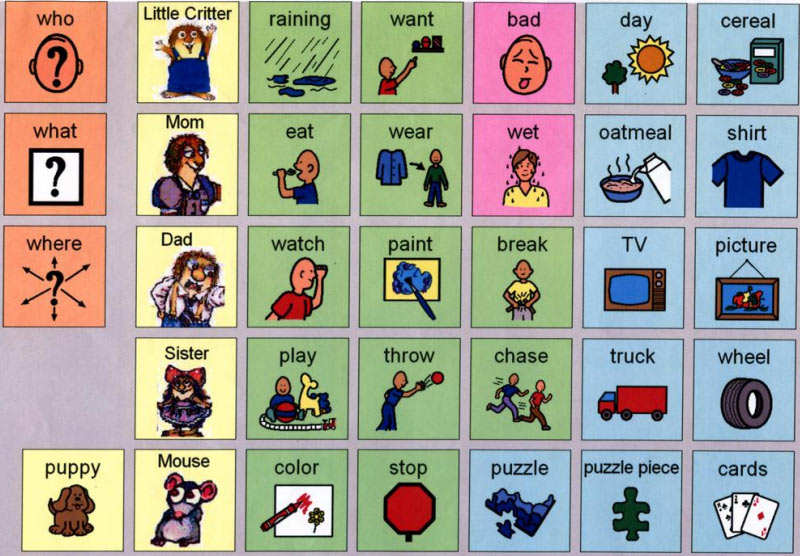

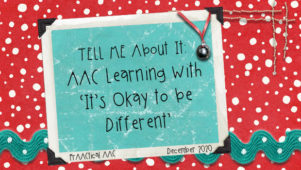
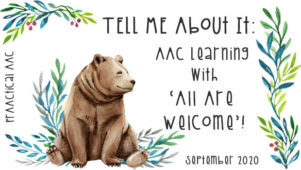
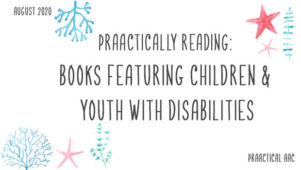
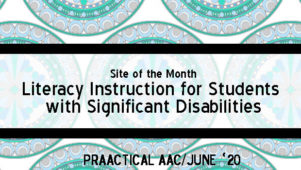
6 Comments
Can you post a video of someone modeling the use of this strategy?
Unfortunately, HIPAA has our hands tied with that one.
Are you aware of any demonstration videos? Not including actual patients…thank you so much for sharing. The communication boards are a wonderful resource.
There is a video on the Implementation Toolkit website for dynavox. You have to down load it to watch it
http://www.dynavoxtech.com/implementation-toolkit/details.aspx?id=404
Hi! I’ve loved using RAAP in the past, but the link for downloading the communication boards doesn’t seem to be working anymore. I haven’t been able to find the communication boards online – any ideas for where I download the files? Thanks!
Becky, thanks for taking the time to comment. It looks like Drs. Binger and Kent-Walsh no longer maintain that site. If I find another location for the files, I will update the post.